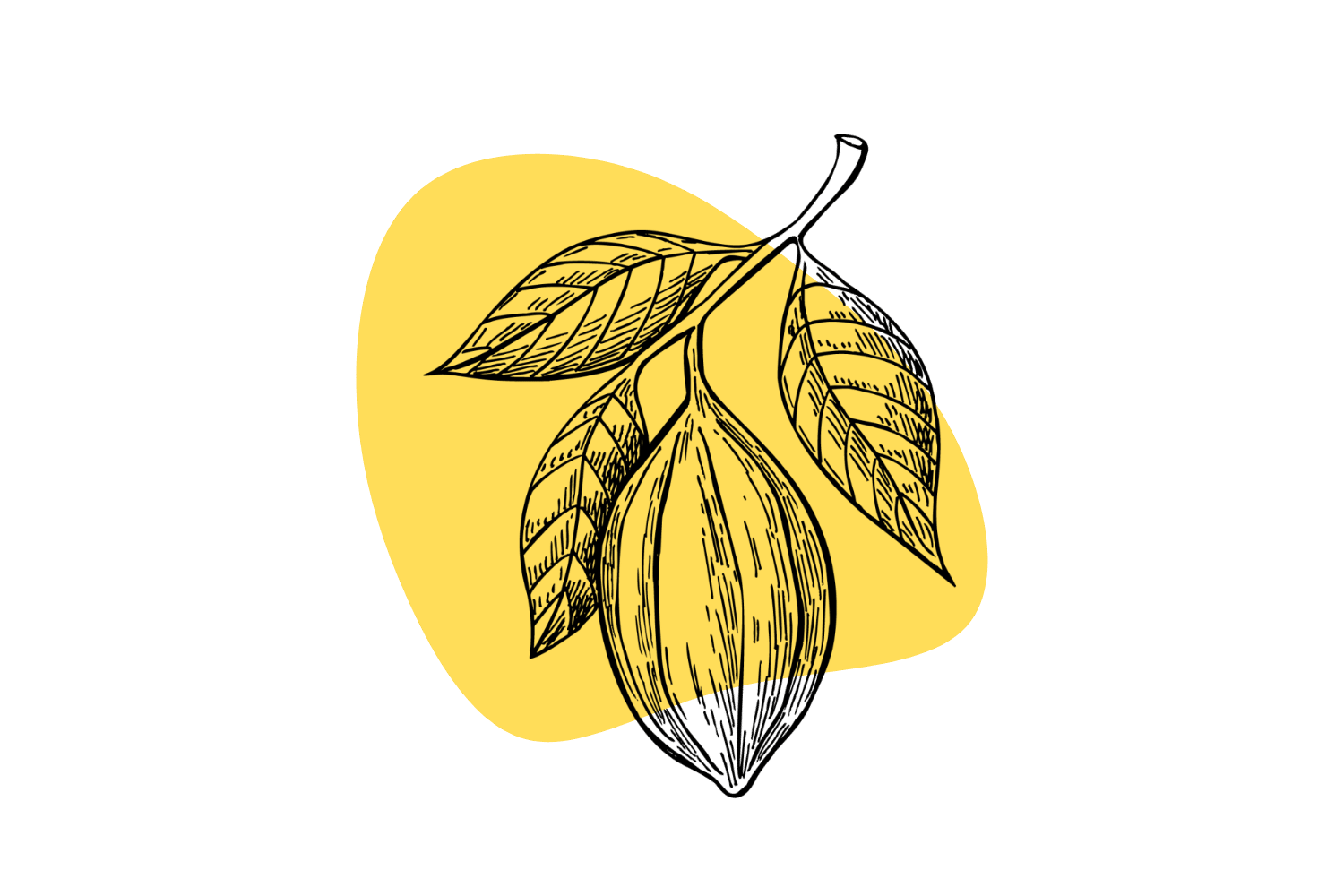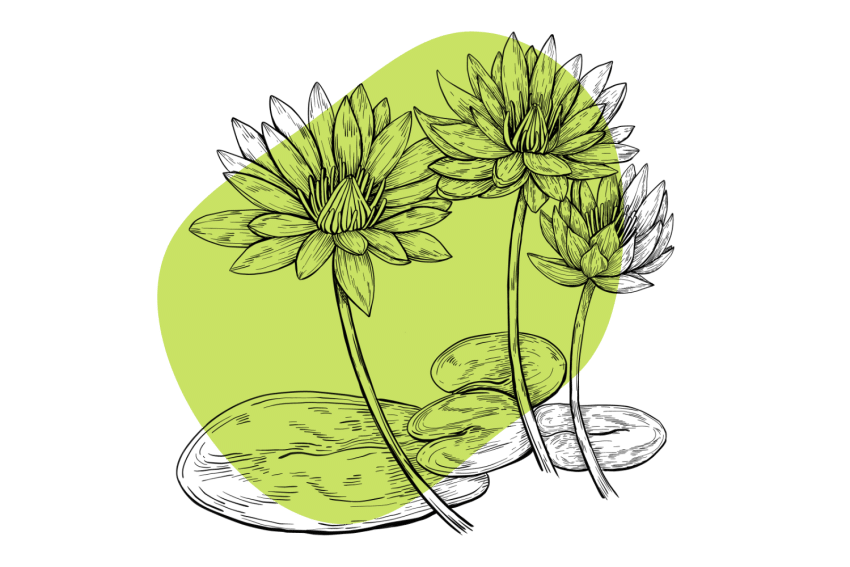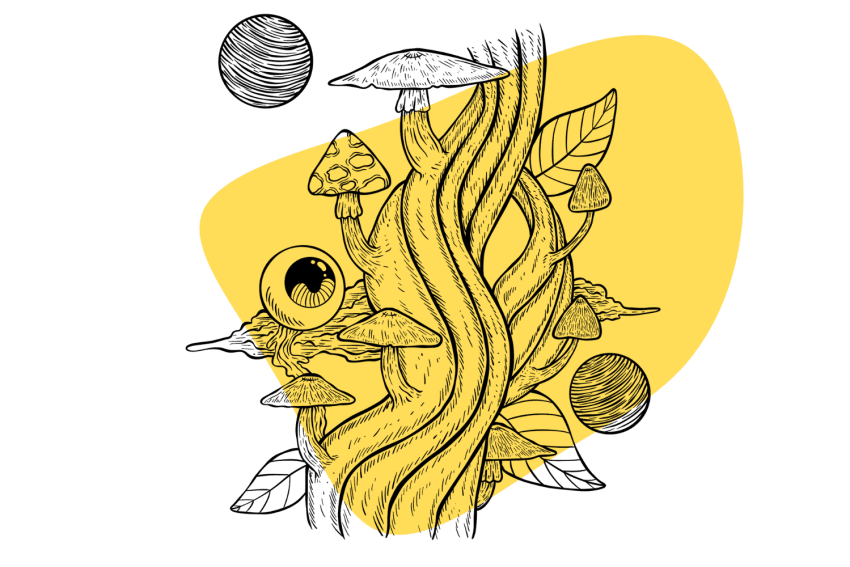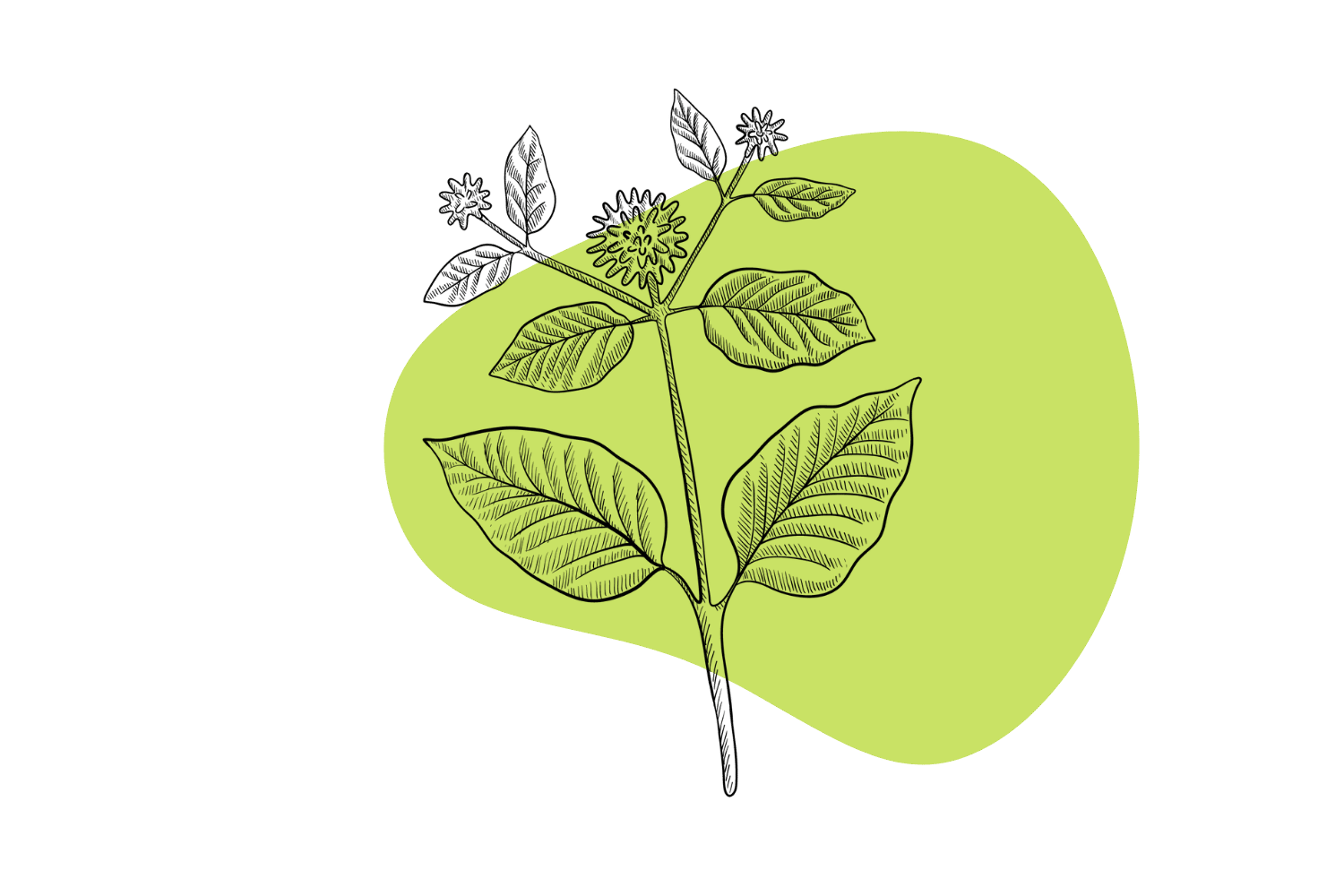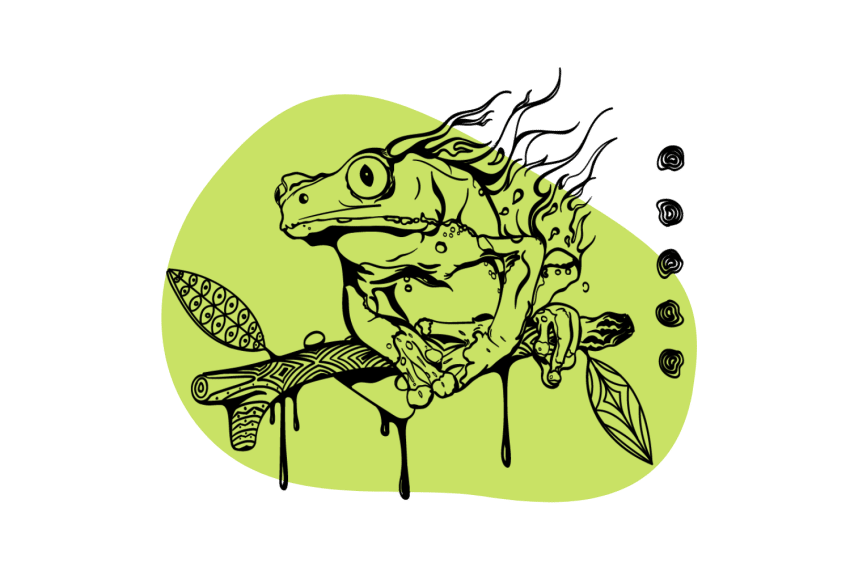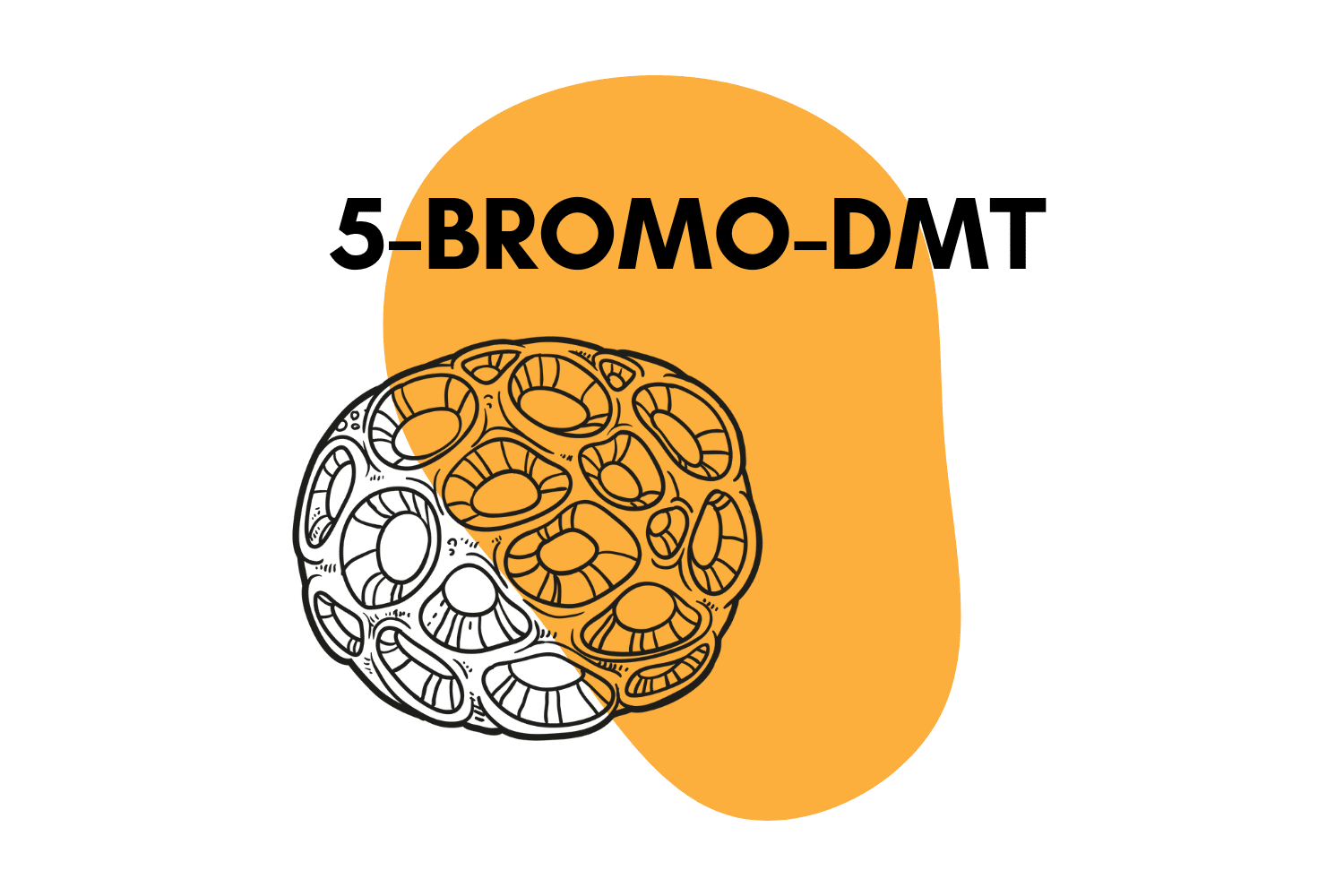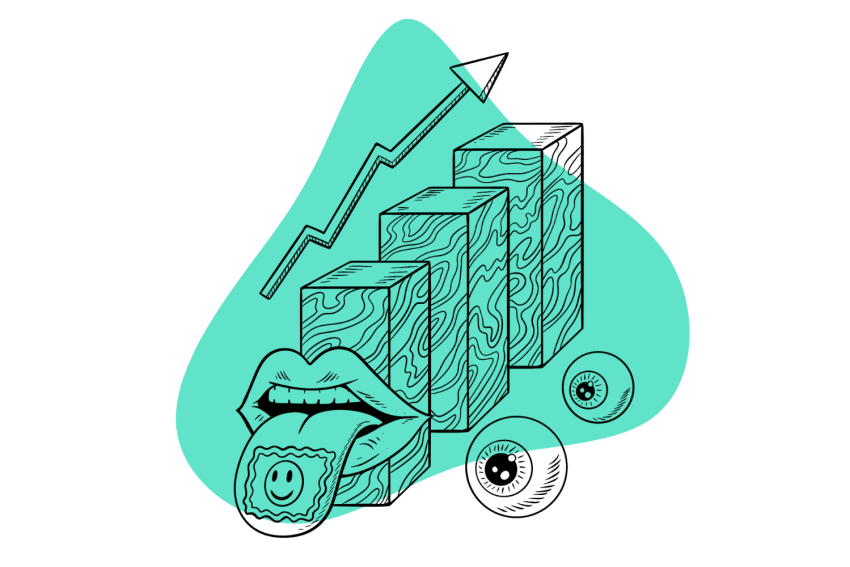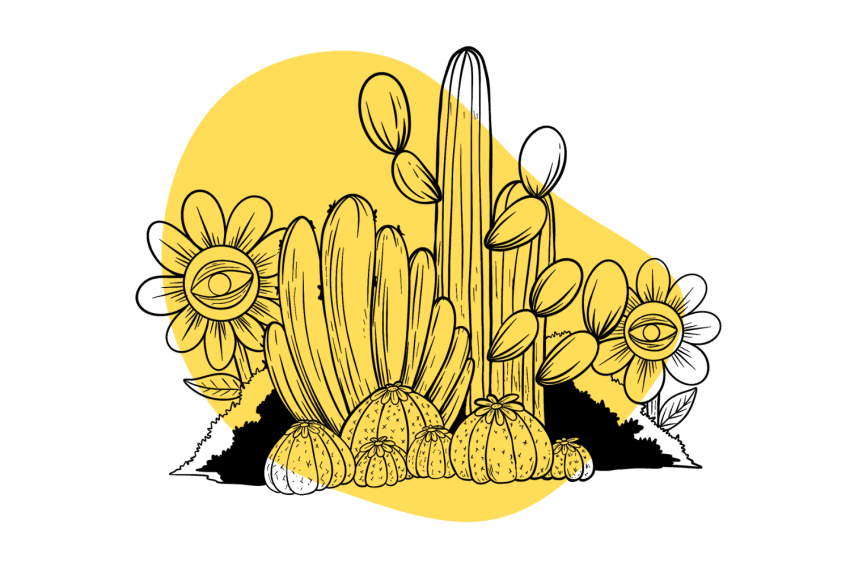Kava (Piper methysticum)
A gentle & euphoric psychoactive herb from the Pacific Islands.
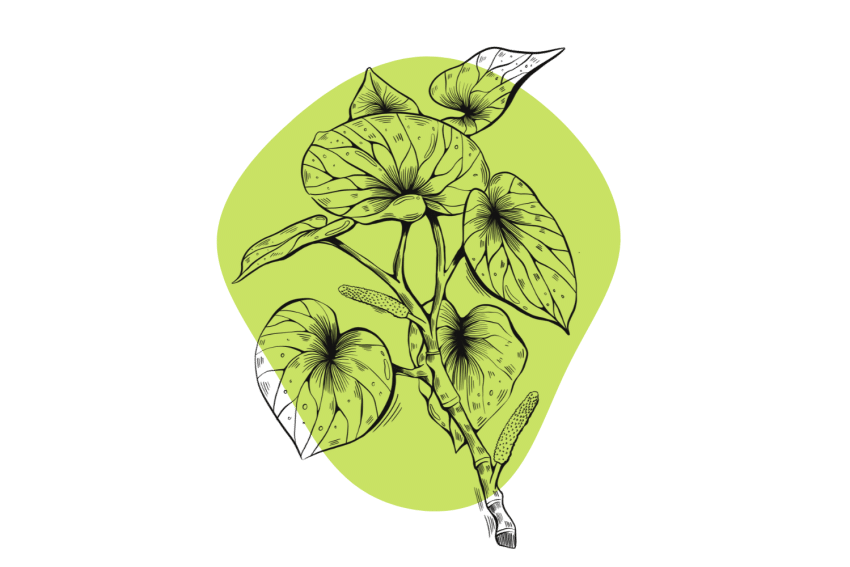
If there was ever a plant that embodied the slow-paced, laid-back, and overall “can’t be bothered” attitude of Polynesian culture it would be kava.
The effects of drinking kava root are subtle.
This herb won’t make you feel high like marijuana or drunk like alcohol — but somewhere in between.
Kava is an antidote for the scourges of modern society. Most people today are burning the candle at both ends — we’re overworked and anxious during the day and don’t get anywhere near enough sleep at night.
This humble herb addresses both issues.
Kava forces a state of peace and relaxation. It slows us down just enough to recognize that the things we spend our time worrying about during the day aren’t as important as we think.
It helps us become more social, more carefree, and just a little happier overall.
This article will explore what kava is, how it feels, and how to get started using it yourself.
We’ll also cover how kava can address stress and anxiety and improve the quality and duration of sleep you’re getting at night.

What is Kava?
Kava (Piper methysticum) is a tropical plant species indigenous to islands in the Pacific Ocean — such as Vanuatu, Fiji, The Solomon Islands, Tonga, and Samoa.
The roots of the kava plant contain a group of compounds called kavalactones — which interact with neurotransmitters in the brain to exert their effects.
The effects of kava are comparable to benzodiazepine drugs like Xanax or Klonopin.
Kava is a powerful relaxant and euphoriant. It eases the mind, induces a state of calmness and tranquility, and promotes sleep, relaxation, and a greater sense of well-being overall.
Kava doesn’t make users high — but it does induce a state of euphoria and contentedness similar to the effects of alcohol. The mind remains clear and focused but free from tension or worry. The body feels loose and relaxed as you sink comfortably into your chair or cushion.
Kava: Specs & Technical Details
| Active Ingredients | Kavalactones |
| Level of Risk | Low |
| Other Names | Ava, Yaqona, Malok |
| Most Common Side Effects | Nausea, sedation, dizziness |
| Duration of Effects | 4–6 Hours |
| Legality | Legal In Most Countries (US Included) |
What Is Kava Used For?
The uses of kava can be separated into two different categories — traditional use and modern use.
Both have a lot of overlap. People mainly drink kava root tea for its euphoric and stress-reducing benefits. It makes users more talkative and creative. You drink kava to laugh and socialize with friends, family, and other members of your community.
Modern Uses of Kava
Most people who drink kava today, especially in the west, drink it for its anti-anxiety benefits. It’s becoming more popular as a safer alternative to alcohol because it shares many of the same benefits without compromising your intuition or clarity of thought. It doesn’t produce a hangover like alcohol and is significantly less addictive or habit-forming.
Why People Drink Kava:
- As an alternative to alcohol for socializing
- For mood and anxiety disorders
- To prepare the mind and body for sleep
- To alleviate anxiety before a presentation or public speaking event
- To enhance creative work and productivity
- To relax the muscles after a workout or injury
- To aid in meditation or yoga
Traditional Uses of Kava
Kava has a rich history of traditional use among the inhabitants of the Pacific Islands. They use it for wedding celebrations, funerals, important meetings, and religious ceremonies. It’s still used for these purposes to this day, and it’s common to find a “nakhamal” or equivalent structure on many of the Polynesian islands — which serves as the local “kava bar.”
This plant’s importance in Polynesian culture is best emphasized by looking at the plant’s distribution (where it grows naturally).
Kava is found all across the Pacific Ocean — separated by thousands of miles of ocean. Despite its wide range, kava is unable to produce viable seeds. The only way for this plant to extend its growing range is through direct human intervention.
Early Polynesian explorers felt kava was important enough to carry rootstocks with them on their arduous journey in search of new land. They brought it with them to start new kava plantations when they arrived at a new, far-away island to colonize.
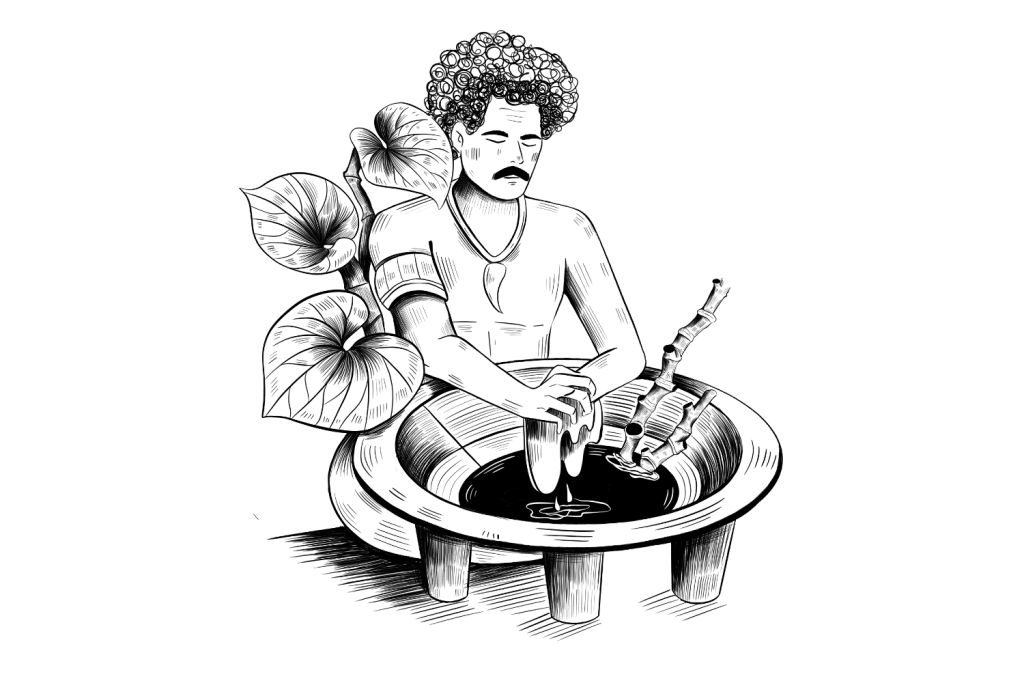
What Does Kava Feel Like?
The effects of kava are subtle. It doesn’t cause hallucinations or make you feel “drunk” the way alcohol does or “high” like marijuana. However, there are subtle similarities to both of these substances.
Kava makes you feel calm, relaxed, and content. A sense of wellbeing and euphoria replaces feelings of stress and insecurity. If used in social groups, kava tends to promote laughter and socialization. It can make you feel more creative, frequently leading to discussions of new business ideas or solutions to problems you may not have discovered before.
In higher doses, you may feel slightly drunk, similar to alcohol. Your body becomes more clumsy, but your mind remains clear-headed and present. The muscles relax, and you find it easy to get into a comfortable position wherever you’re sitting.
Certain types of kava (“heavy kava”) or very high doses of kava will begin to transition from feelings of euphoria and energy to sedation and tranquility. You may even start to doze off to sleep every now and then.
Kava should be used in the evening because of this sedative effect. After a few hours, even the most “stimulating” kavas become sedative. The sleep you experience after an evening of drinking kava is always refreshing. It promotes a night of deep, restorative sleep and can even make you sleep a little longer.
Some people may feel a little groggy the following morning, which is a sign you drank too much. Most people wake up feeling great, having had a night of exceptional sleep — something many of us don’t experience very often these days.
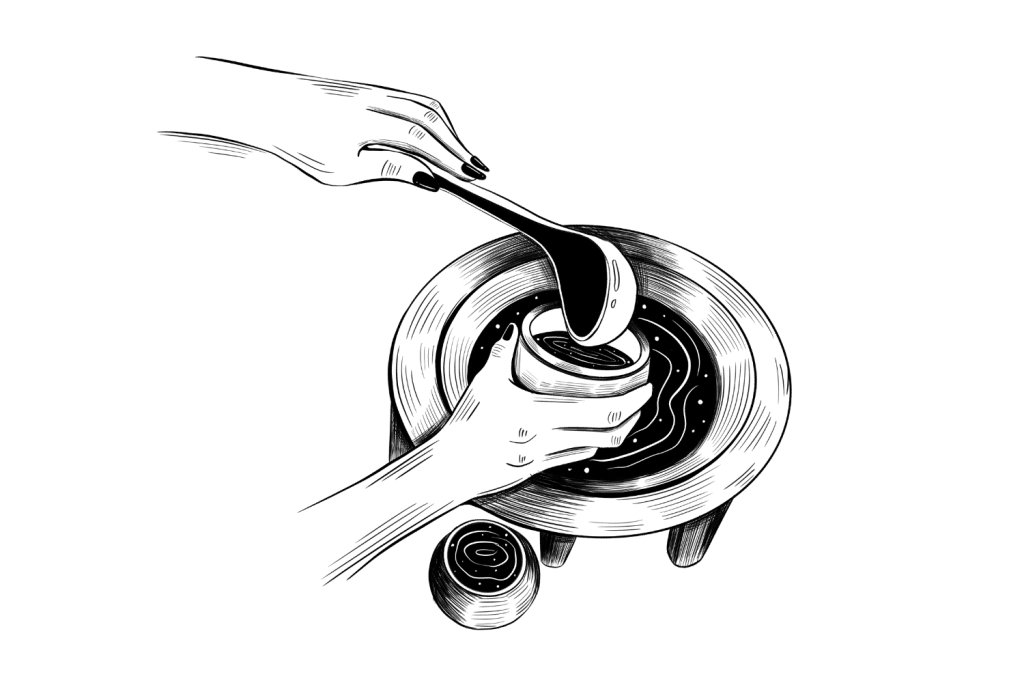
How Long Does Kava Last?
The effects of a single cup of kava can last up to 6 hours. It takes about 30 minutes to kick in and peaks around 2 hours after your first cup.
By the fourth hour, your kava will start to wear off — however, most people who drink kava continue to drink it through the evening, so the effects last much longer. If you’re drinking kava in the evening, you’ll most likely go to sleep before the effects wear off.
By the following morning, most of the effects of kava should be worn off completely.
Is Kava Safe?
Several prominent studies (on humans) have proven that kava is not only safe; it actually offers several high-impact health benefits — especially around the treatment of anxiety or insomnia.
Kava is only considered unsafe when used outside the suggested dosage range (more on this below), in combination with certain drugs or medications, or in patients with underlying health disorders such as liver disease, renal disease, or heart disease.
Here are a few examples of recent clinical trials that confirm the safety of kava:
- Study #1: Kava & Alcohol — This study looked at the impact of combining alcohol with kava. The study reported no negative effects with low-doses of kava & alcohol [1].
- Study #2: Menopausal Anxiety — This study looked at the effects of kava on anxiety associated with menopause. Even at higher doses, only mild side effects were reported [2].
- Study #3: Anxiety Disorders — This meta-analysis reviewed several studies exploring the impact of kava on anxiety disorders. The study suggested kava as a safer alternative to prescription anti-anxiety medications [3].
Misconceptions About Kava Consumption
There are a lot of misconceptions around kava that paint it in a much more negative light.
In 1999, a group of researchers in Switzerland and Germany began publishing case reports of patients experiencing liver failure after using kava. This led to the eventual “kava bans” across Europe, North America, and Australasia.
Almost immediately, prominent kava researchers started to dispute these reports and published new studies to confirm that the herb was safe to use.
It was later pointed out that the early reports weren’t only using kava with their patients — there were other known liver-toxic medications being used at the same time. All these early studies proved was that kava didn’t protect the liver from the harmful effects of other substances. It didn’t prove kava itself was toxic.
More recent studies have shown that kava doesn’t possess liver-toxic side effects, even in doses as high as 300 mg of pure kavalactones (considered a very high dose).
Population studies back this up as well. In some pacific island communities, as many as 80% of men and 20% of women drink large quantities of kava tea on a daily basis (often well over 50 grams per day). If kava causes liver failure, we should see a high prevalence of liver disorders in these communities, right?
This is simply not the case.
In fact, the life expectancy in regions that are notorious for drinking a lot of kava over a lifetime, such as Tonga or Samoa, has a comparable life expectancy to the United States, Canada, and many European countries.
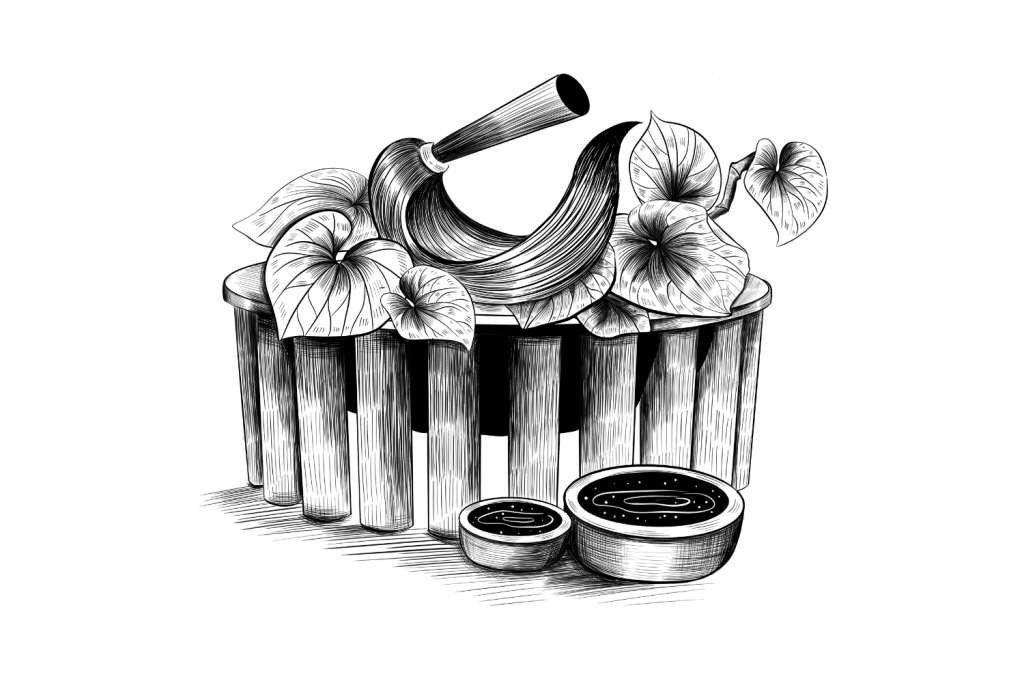
Side Effects of Kava: Tudei vs. Noble Kava
All herbs, supplements, and medications have at least some potential for producing side effects — including kava. The most common, by far, is nausea and dizziness.
Certain types of kava are much more likely to produce side effects. There are two main types of kava differentiated by their side effects — tudei and noble kava.
Tudei kava contains higher concentrations of DHM and DMY, which are the main sources of side effects like nausea or “drunkenness.” This type of kava is especially likely to lead to side effects, sometimes lasting up to two days (hence the name, “Tudei” or “two-day” kava).
The other classification, called “noble” kava, contains a much lower concentration of the nausea-inducing kavalactones and is the preferred type of kava on the marketplace today. It’s illegal to ship tudei varieties of kava from Vanuatu for this reason.
Always check the kava you’re ordering is a noble strain. Any reputable supplier will have this explicitly listed on the product page before placing your order.
The side effects of kava may include:
- Nausea
- Dizziness
- Dilated pupils
- Facial puffiness
- Fatigue
- Headaches
- Indigestion
- Lightheadedness
- Visual disturbances
Three Different Types of Kava: Heady, Heavy, & Balanced
Kava can be classified in a few different ways, but the most common is to break it up according to the general effect profile it produces. This can include heady, heavy, or balanced.
This breakdown suggests how kava is going to feel. Is it going to be more uplifting and energizing or heavier and sedating?
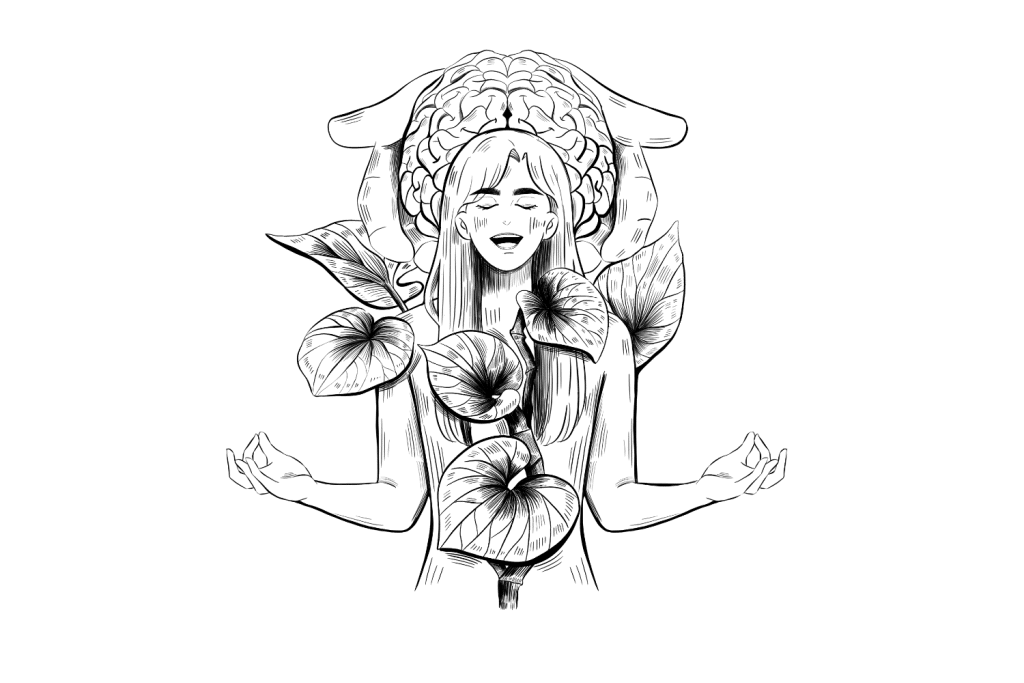
1. Heady Kava
Heady kava refers to any strain of kava that has a stronger effect profile on the mind. This means it’s less sedative, a little more euphoric, and tends to make you feel lighter overall.
Most heady cultivars of kava contain higher concentrations of the kavalactones, kavain, and methysticin. They also tend to have the lowest concentration of the kavalactones associated with nauseating side effects — DHM and DMY.
Heady kava is best for use during the day or in social groups. High doses can become sedative, but lower doses tend to have more of an energizing effect.
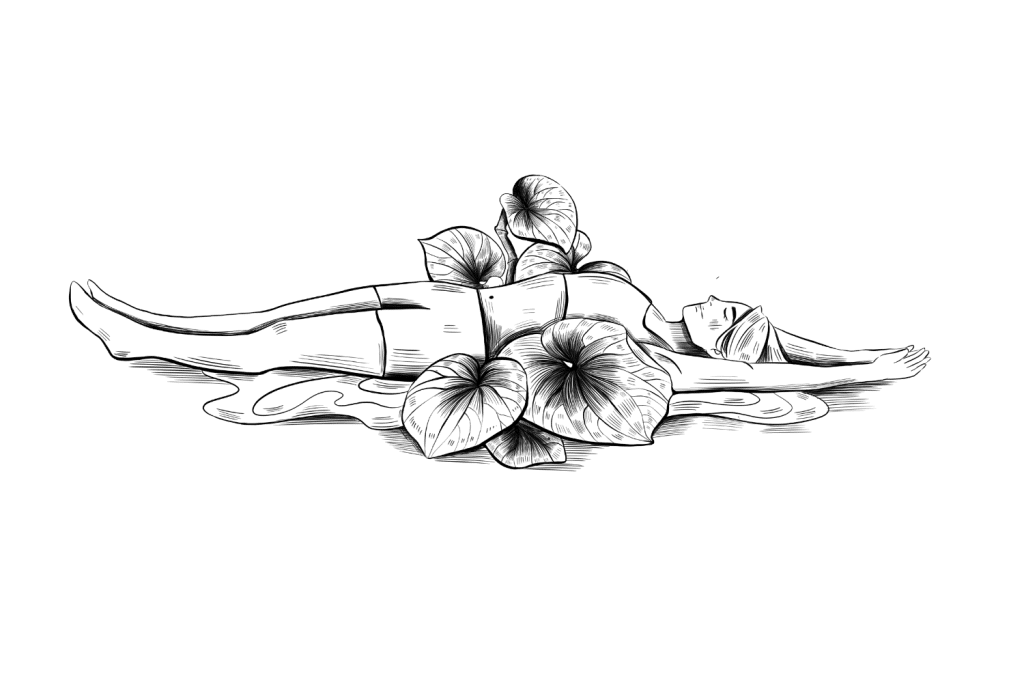
2. Heavy Kava
Heavy kava is the opposite of heady kava. As the name implies, these cultivars make the user feel heavier, as though they’re sinking into their seat. They have a strong muscle-relaxing component, which is why the effects of these kava strains feel so prominent in the body as opposed to the mind.
Heavy kava strains are mildly euphoric but tend to cause sedative effects more quickly than heady cultivars — so they’re best used in the evening before bed.
Heavy kava often contains higher concentrations of the kavalactones DHK and DMY and are therefore a little more likely to cause nausea in higher doses.
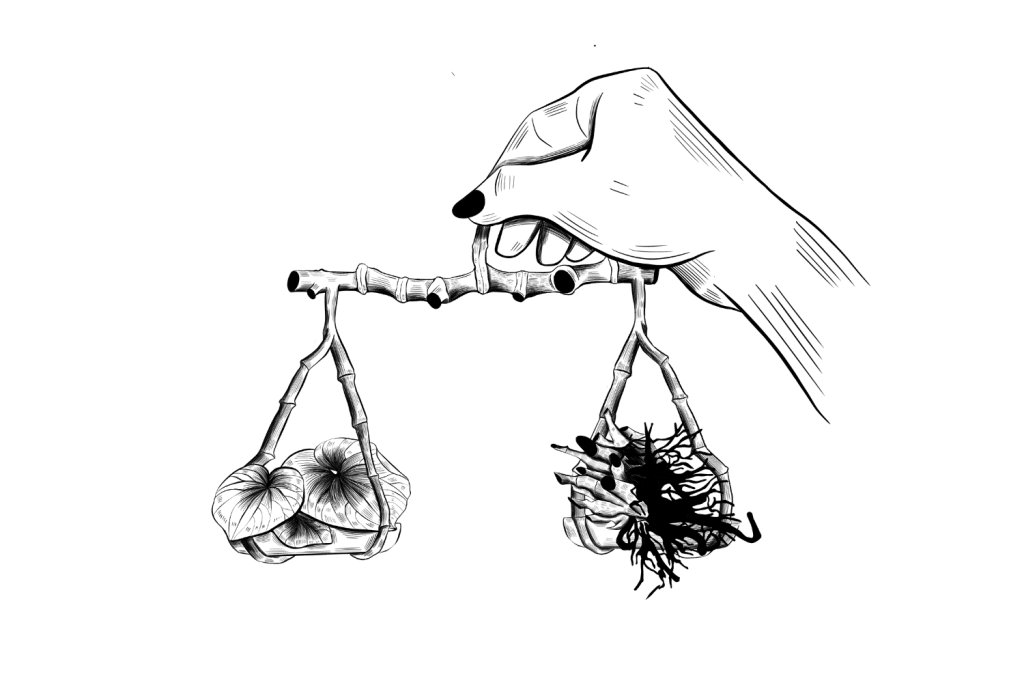
3. Balanced Kava
Balanced kava is somewhere in the middle between having a heady or heavy effect. These are the most popular due to their more well-rounded nature. You can use balanced kava as a euphoriant in social settings, to support anxiety symptoms, and to improve sleep. They also tend to have very few side effects and are a little bit stronger in their effects than heady kavas.
Balanced kava sits directly in the middle throughout the entire experience, or it may have periods of being heady in nature, followed by periods of heavy effects. Most balanced kava starts out heady and finishes heavy.
What’s the Dose of Kava?
The standard dose of kava root powder is 10 grams per person. This works out to around 100 – 250 mg of pure kavalactones.
There are a lot of recommendations in terms of tablespoons as well, but they aren’t accurate. The coarseness of the grind can dramatically affect the dose of kava when measured in volume — which makes the dose unpredictable.
With that said, most sources recommend around four tablespoons of coarse-ground kava or two tablespoons of micronized kava.
Micronized kava is kava that has been ground into extremely fine particles.
The dose of kava can vary depending on your size and weight, as well as the potency of the kava you’re using. Some kava only delivers around 3% kavalactones by weight, while others can have as much as 20%. You may need to either increase or decrease the amount of kava you’re using per person, depending on how strong it is.
Dosage reference chart for kava based on relative strength:
| Dosage | Target Kavalactone Dose | Weak Kava Dose (3%) | Average Kava Dose (8%) | Very Strong Kava Dose (20%) |
| Low Dose Range | 70 – 140 mg | 20 – 40 grams (0.7 – 0.14 oz) | 10 – 13 grams (0.3 – 0.5 oz) | 4 – 7 grams (0.15 – 0.25 oz) |
| High Dose Range | 200 – 250 mg | 60 grams (2 oz) | 20 – 30 grams (0.7 – 1 oz) | 10 – 13 grams (0.4 – 0.5 oz) |
How Much Water Should I Mix With My Kava?
The amount of water you use with your kava will determine how strong it is. You want to use enough water to extract as much of the kavalactones as possible without overdoing it and making it too watery.
The ideal ratio of water is around 20:1.
For every gram of kava root you use, add about 20 mL of water.
A standard 10-gram dose should combine with about 200–250 mL (1 cup) of water.
The active ingredients in kava don’t mix well with water, so it can help to add about 25% of the volume in either dairy milk or coconut milk (for the fat content). However, this is completely optional.
Nut milk doesn’t work as well because it doesn’t have a high fat content.
How to Prepare Kava
There are a few ways to prepare kava tea from the raw powder. You can also order kava capsules, tinctures, or an instant powder that mixes in with a cup of warm water.
The traditional method of preparation involves filling a muslin bag with the desired dose of kava (roughly 10 grams per person), sealing it up, and mixing it around in a bowl of lukewarm (not hot) water for about 10 minutes.
You’ll want to mix the kava around thoroughly for at least 10 minutes to ensure as much of the kava diffuses into the water as possible.
When you’re done, you should end up with something that looks like a bowl of muddy water. You can then split this into individual doses and enjoy.
The traditional way of saying cheers while drinking kava is to say, “Bula!”
Drink the entire cup in one gulp rather than sipping on it.
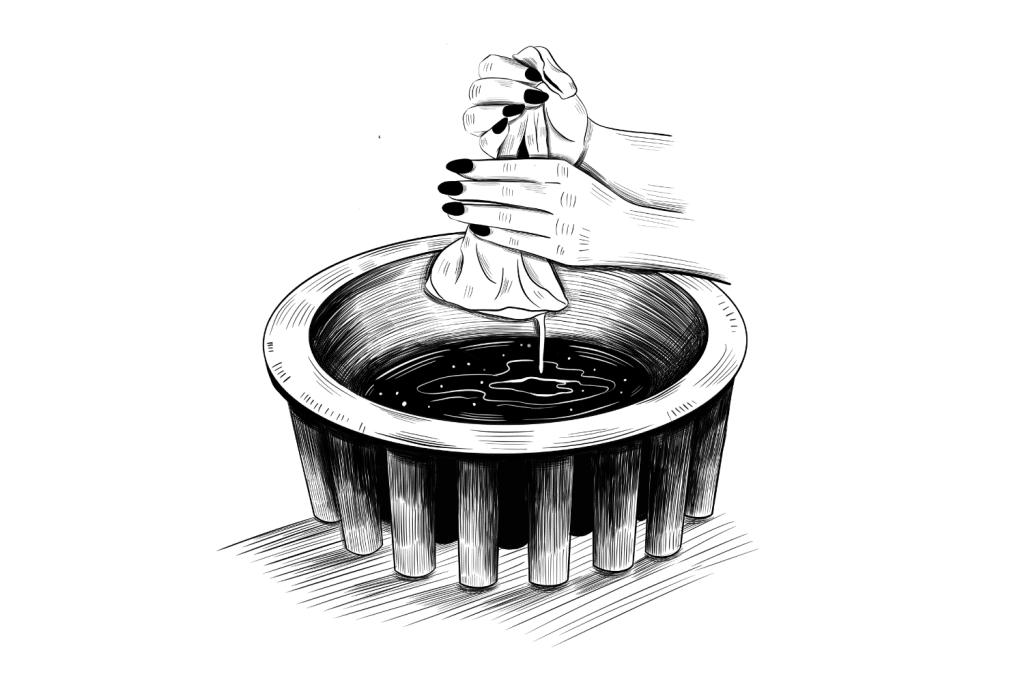
The Importance of Ritual With Kava Ceremonies
If you want to get the full benefits of kava, I recommend you follow the traditional method.
Adding a sense of ritual to herbs like kava adds to the experience. The more you do it, the more your body starts to prepare for the dose even before you take your first sip.
It works like Pavlov’s dog experiment (classical conditioning). The researcher (Pavlov) would ring a bell right before feeding his dogs. After several repetitions, the very act of ringing the bell was enough to make the dogs start salivating. Their minds associated the ringing of the bell with mealtime. Even without seeing or smelling their food, the dog’s minds began activating salivary glands and digestive function in preparation for the meal.
The same is true with all patterns. Our bodies are very receptive to our routines and habits as a way of making us more efficient. Queues are developed to trigger these routines in our minds. In the example above, the queue was the bell, which triggered the urge to eat and salivation.
When we prepare kava with intention — by creating habits and patterns around how we prepare and use the drink — the body will automatically start to respond before we even drink it.
With kava, these habits involve relaxing and releasing the mind from stress. It also initiates the activity of neurotransmitters associated with the pleasure senses. After several sessions, you’ll find that even as you prepare the kava; you’ll begin to experience the benefits of the herb before you even start drinking it.
Alternative Preparation Methods
While there are clear benefits to using kava in a ritualistic manner, some people prefer to use less “involved” preparation methods.
If you want to avoid mixing your kava around by hand for ten minutes before you can drink it, give one of these methods a try instead:
A) The Blender Method
This is the fastest way to make a cup of kava.
Add the desired dose directly into a blender, along with the water and milk (optional). Turn the blender on low and leave it alone for about 5 or 10 minutes. Make sure you’re using lukewarm water and don’t have your blender on high. Any added heat can destroy the active ingredients and make your kava weaker.
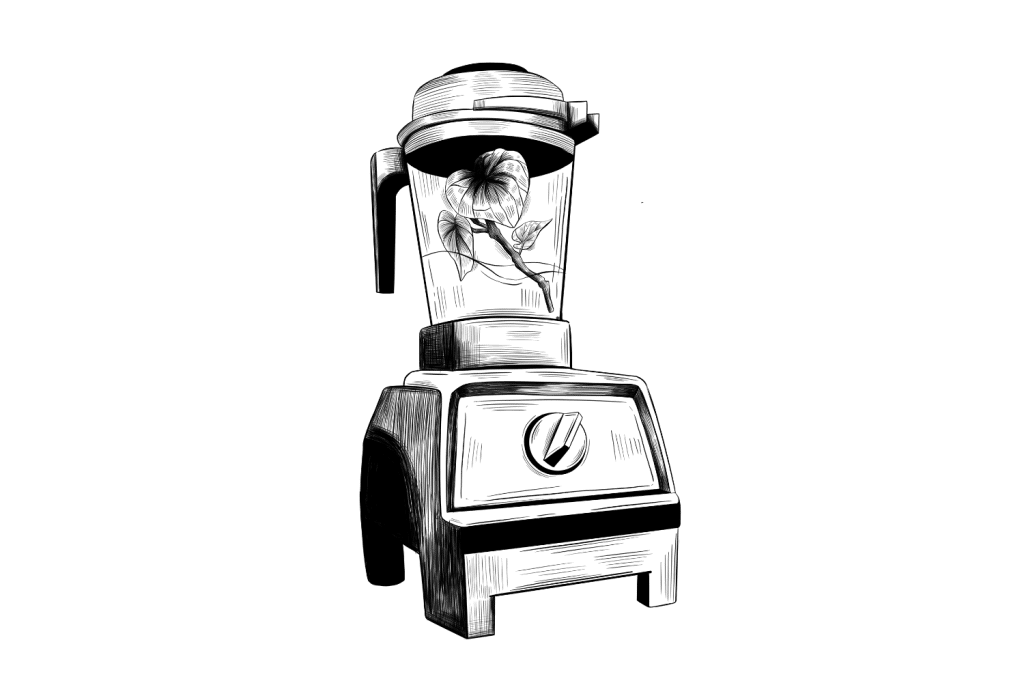
Once it’s all mixed up, pour the kava through a muslin bag or cheesecloth to strain out all the little pieces.
Now it’s ready to drink!
You can reuse the same kava three or four times with this method.
B) The AluBall Method
This method was invented by the founder of a kava supplier called Kavafied. It uses the same principles as a shaker bottle for mixing protein powder, but it’s been adapted for kava.
Here’s how it works.
You’ll need to buy the AluBall kava maker, which comes with a shaker bottle and a small screen ball. Fill the ball with kava and close it up.
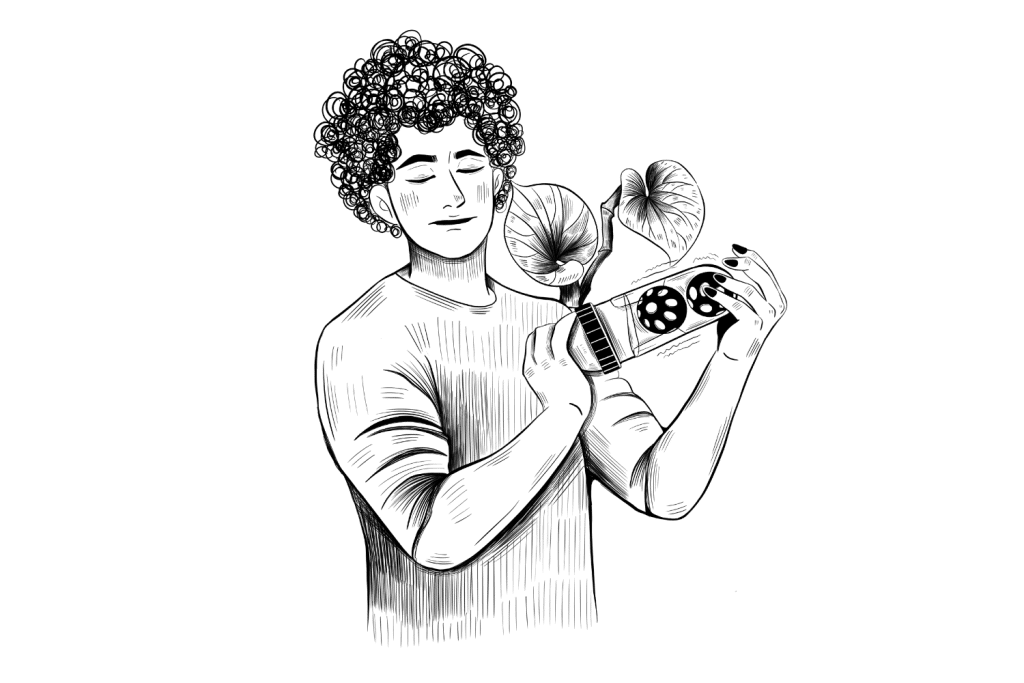
Add water until it reaches the fill line of the bottle, and throw the ball inside. Now you just need to shake it up for a few minutes like you would when mixing up a protein shake. The longer you shake it, the stronger the kava, so spend at least a few minutes here.
Once it’s done, you can just pour it out into your cups and enjoy.
The AluBall is one of the best ways to take kava with you on the go because everything remains in a sealed container — no need for a blender or to do any hand-mixing. If you haven’t finished your cup, you can close it back up and throw it in a backpack.
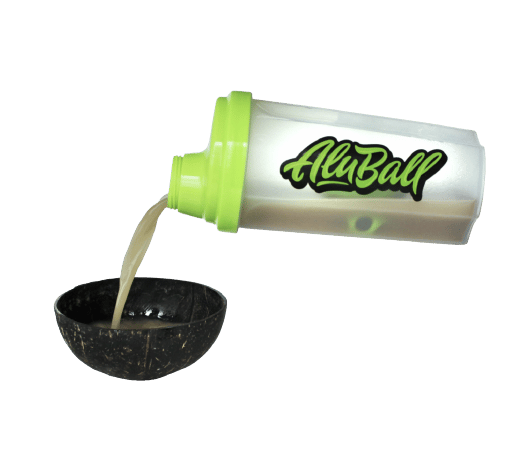
How Does Kava Work?
So how does kava actually work?
The answer to this question isn’t that simple. There are a lot of active ingredients in this plant, each one interacting with a different neurotransmitter in the body. It’s the combined effects of all these ingredients that produce the effects we feel from drinking kava.
There are also many different cultivars of kava on the market today. Each cultivar has a unique ratio of the active ingredients. This is what makes the effects of one kava feel different from another.
We’ll cover each of the active ingredients and how they work in more detail, but here’s how kava actually works in a nutshell:
- Relaxes the muscles
- Increases GABA (neuroinhibiting) activity in the brain
- Inhibits glutamate (neurostimulating)
- Modulates serotonin & dopamine balance
- Inhibits adrenergic receptors
The Active Ingredients: Kavalactones
There are a total of 18 different kavalactones in the kava plant — each one with a different set of effects.
However, just 6 of these compounds account for roughly 96% of the entire kavalactone content:
- Desmethoxyyangonin (DMY)
- Dihydrokavain (DHK)
- Yangonin (Y)
- Kavain (K)
- Dihydromethysticin (DHM)
- Methysticin (M)
Here’s a breakdown of these six kavalactones and their general effect profiles:
1. Desmethoxyyangonin (DMY)
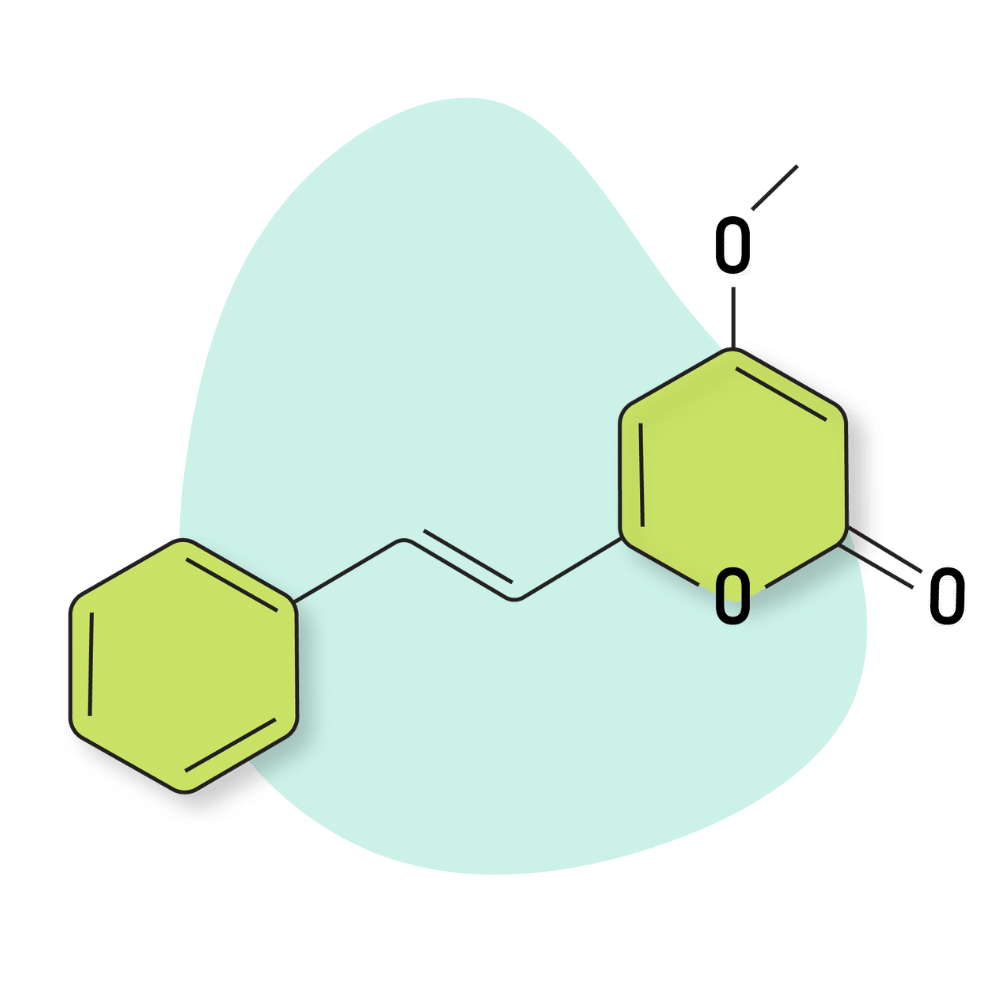
This compound is considered one of the main ingredients in the plant that provide muscle-relaxant benefits. This compound is usually found in higher concentrations in heavy kava cultivars.
Unfortunately, this is also one of the main reasons why some kava strains lead to nausea.
2. Dihydrokavain (DHK)
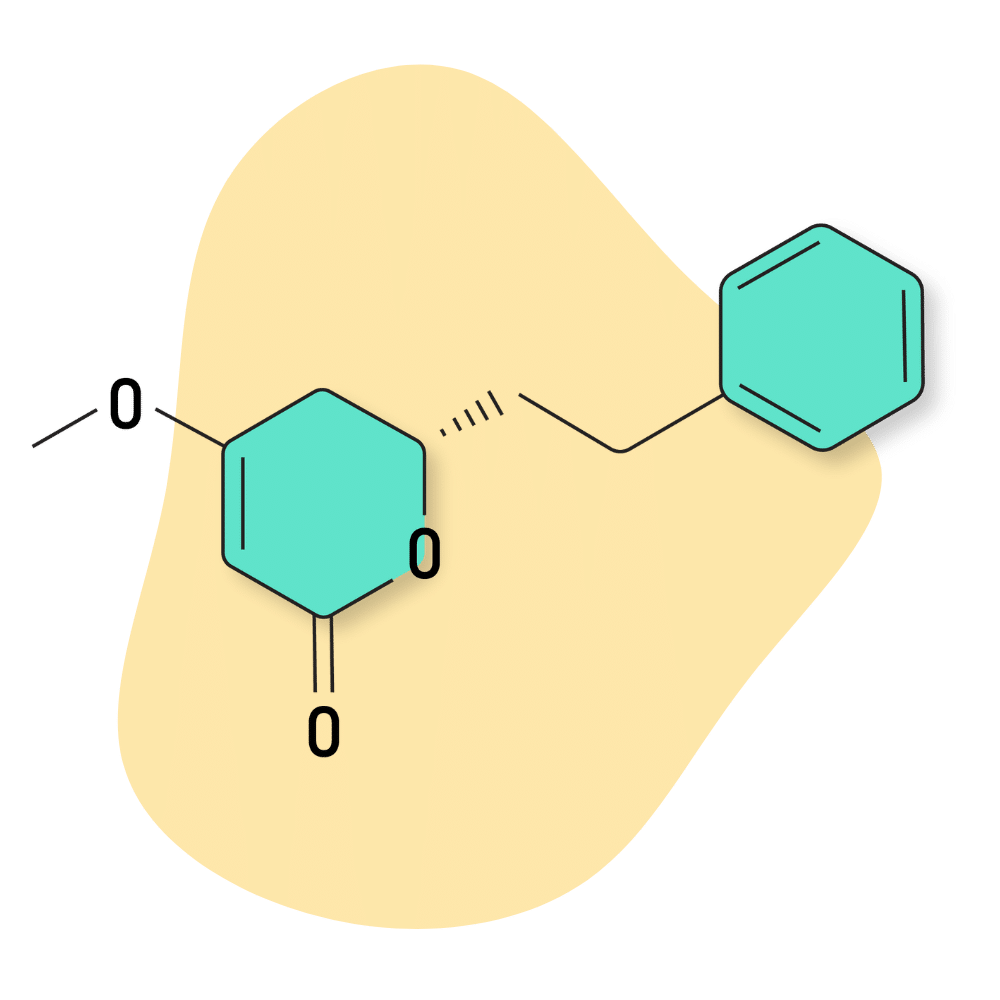
This kavalactone is thought to be responsible for much of the sedative effects in kava. It’s a powerful anxiolytic, sedative, and painkilling compound — acting on several neurotransmitter pathways in the central nervous system.
DHK is the other primary ingredient in certain strains that can cause nauseating side effects.
3. Yangonin (Y)
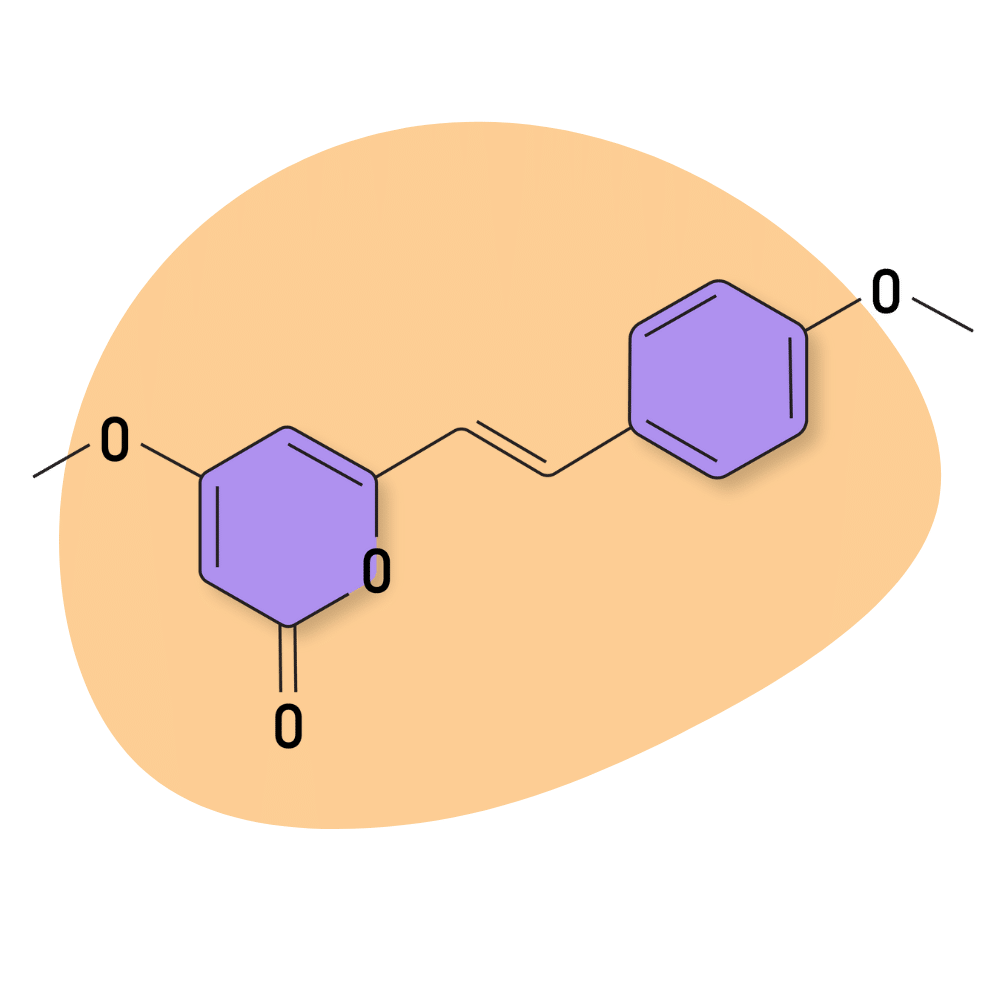
Yangonin is an interesting kavalactone in that it owes much of its benefits to its ability to interact with the endocannabinoid system in a similar way to cannabidiol (CBD) — a popular health supplement extracted from the cannabis plant.
This interaction with the endocannabinoid system is thought to be the reason why this ingredient has such a powerful anti-anxiety and relaxing effect on the nervous system. More research is needed to understand the extent of this effect fully.
Yangonin is most abundant in heady kava cultivars.
4. Kavain (K)
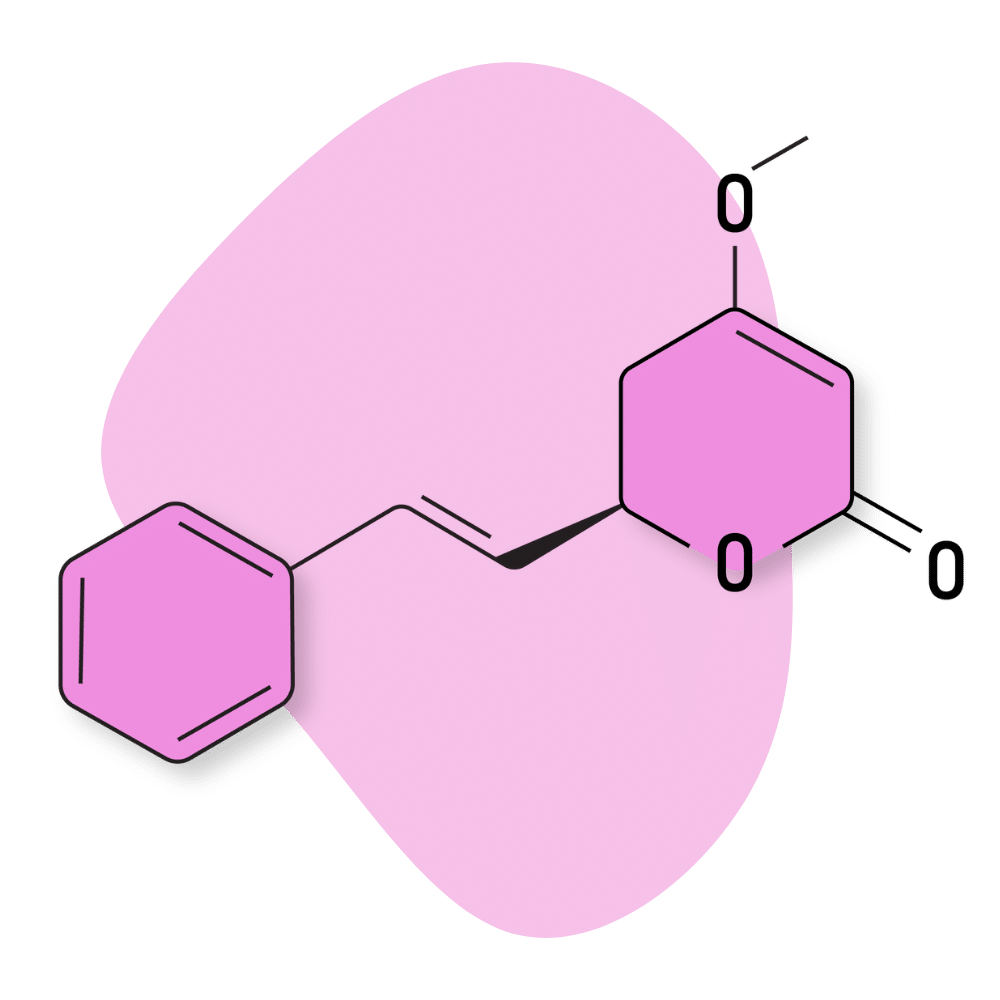
Kavain is associated with many of the more desirable effects of kava and is thought to negate many of the side effects that can result from some of the other kavalactones. Strains high in kavain tend to have the lowest chances of causing side effects.
Kavain acts on the GABA receptors, as well as serotonin receptors in the brain — leading to feelings of euphoria, creativity, and a greater sense of wellbeing.
5. Dihydromethysticin (DHM)
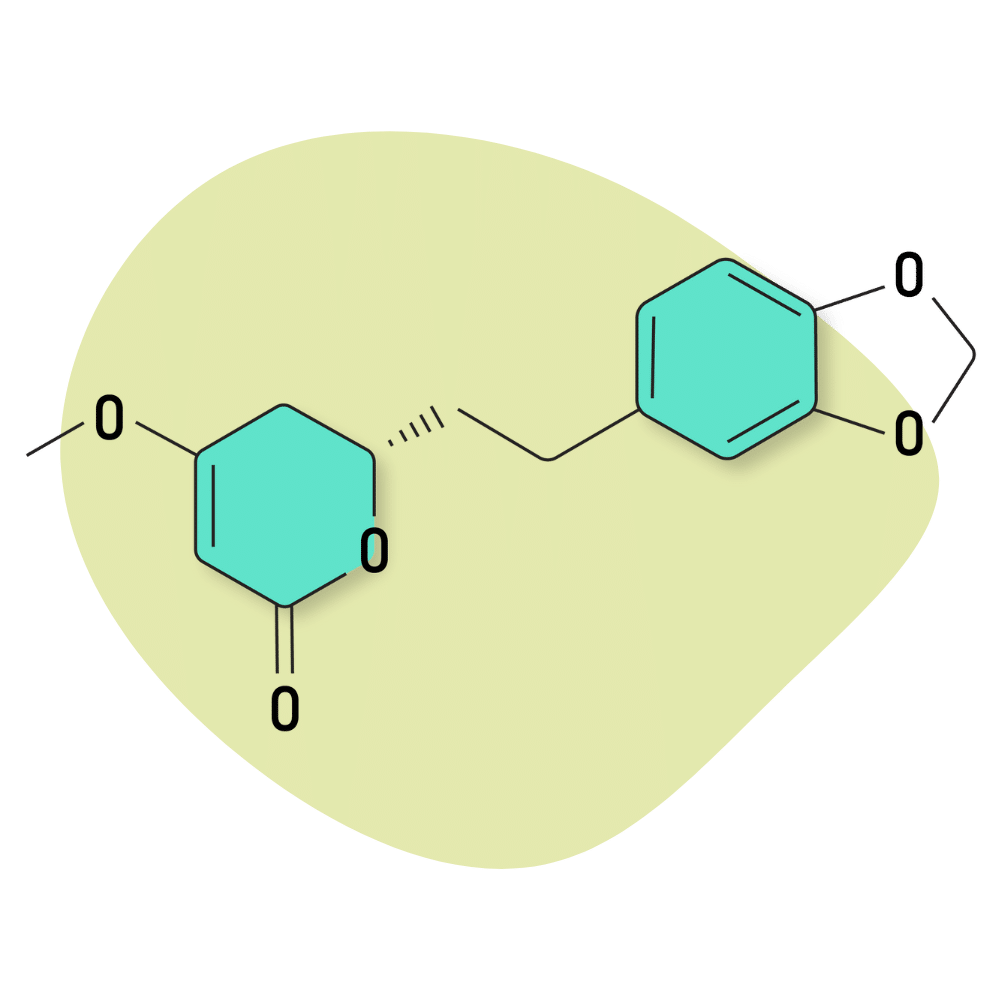
DHM is a complicated substance. The effects are highly dependent on the other kavalactones in the mix.
If a kava cultivar contains both DHM and DMY, there will likely be negative side effects. This is a common combination in tudei kava cultivars, which are known for causing uncomfortable side effects and “drunkenness” that can last up to two days.
However, cultivars that contain high levels of DHM along with either kavain or methysticin don’t produce these side effects at all. Strains high in DHM and kavain, or DHM and methysticin, are often some of the most popular and strongest kavas on the market.
6. Methysticin (M)
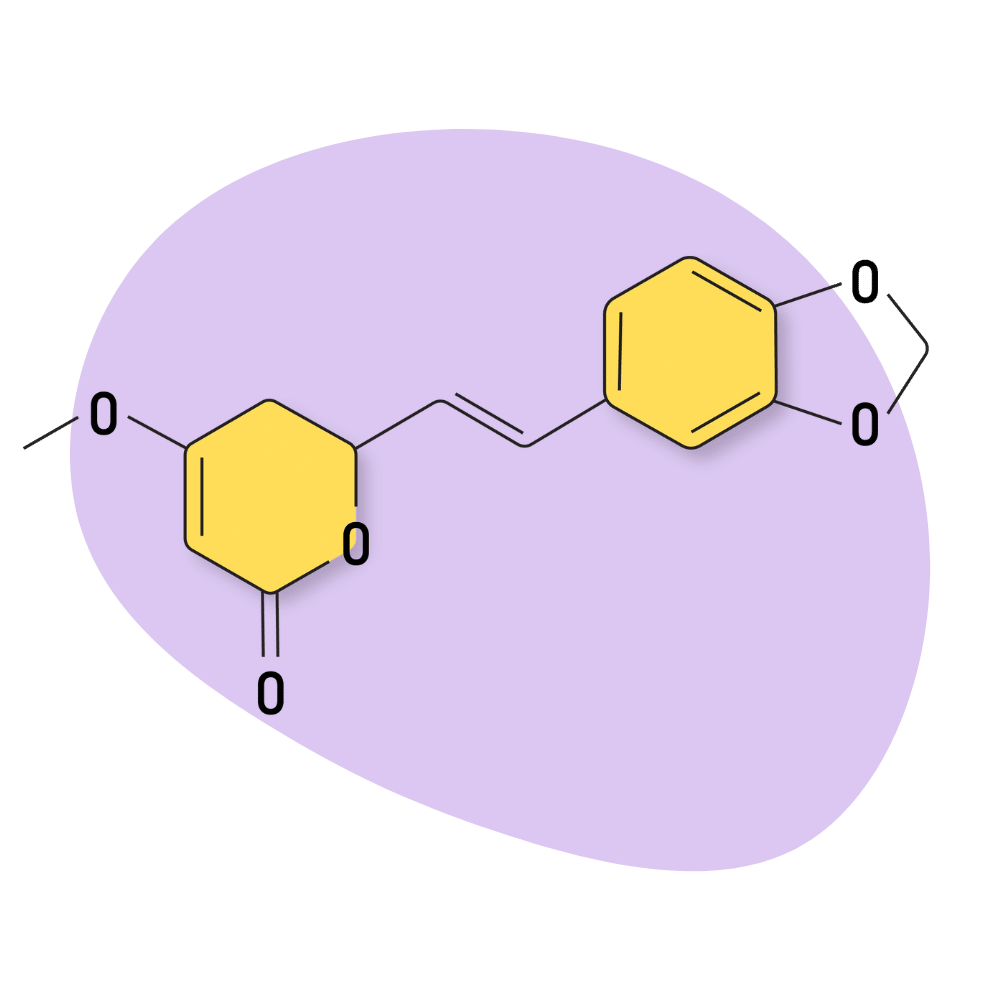
Kava cultivars that contain high levels of methysticin are most often associated with having more of the pleasurable effects. Many of the world’s most popular kavas contain high concentrations of this kavalactone.
The effects of this kavalactone are complex and highly dependent on the other ratios of kavalactones in the root. In general, methysticin is considered a sedative and neuroprotectant.
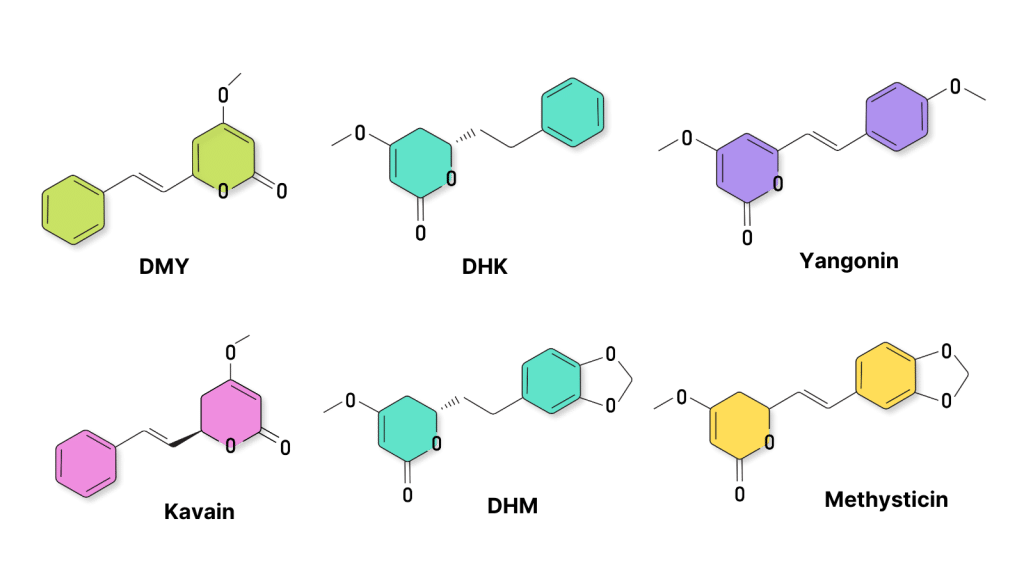
Is Kava Legal?
Kava is legal in most countries (some exceptions) — but it wasn’t always this way.
After kava was initially banned for fears that the herb caused liver damage (which have since been disproven), most countries have overturned these bans for not being an accurate reflection of the research. The vast majority of research on kava has already demonstrated this herb is not only safe to use; it offers legitimate medical value.
Summary of the current legal status of kava in various parts of the world:
- The United Kingdom — Restricted
- The United States — Legal
- Australia — Regulated
- Brazil — Grey Area
- Canada — Legal
- France — Regulated
- Germany — Legal
- Mexico — Legal
- Netherlands — Restricted
- New Zealand — Legal
- Norway — Grey Area
- Poland — Banned
- Sweden — Grey Area
- Switzerland — Restricted
→ Learn about other legal psychoactive plants
Kava Research: The Potential Health Benefits of Kava
Most people use kava as a form of medicine for two reasons: to reduce anxiety symptoms or improve their sleep quality. There’s a lot of evidence for both of these applications in the form of personal anecdotes, animal studies, clinical trials, and meta-analyses.
Other uses for kava include relaxing tight, tense, or painful muscles, alleviating headaches, and improving symptoms of depression or other mood disorders.
1. Kava For Sleep
Kava is a powerhouse in its ability to support the quality and duration of sleep. There are several mechanisms kava is thought to use to improve our sleep, but the primary target is the GABA receptors — which is also the same reason why this herb is so useful for anxiety disorders as well (more on this later).
There are a few ways we can measure the effects of kava on sleep:
- How fast we can get to sleep
- How long we sleep for
- The depth of sleep
Kava has been shown to support all three of these metrics.
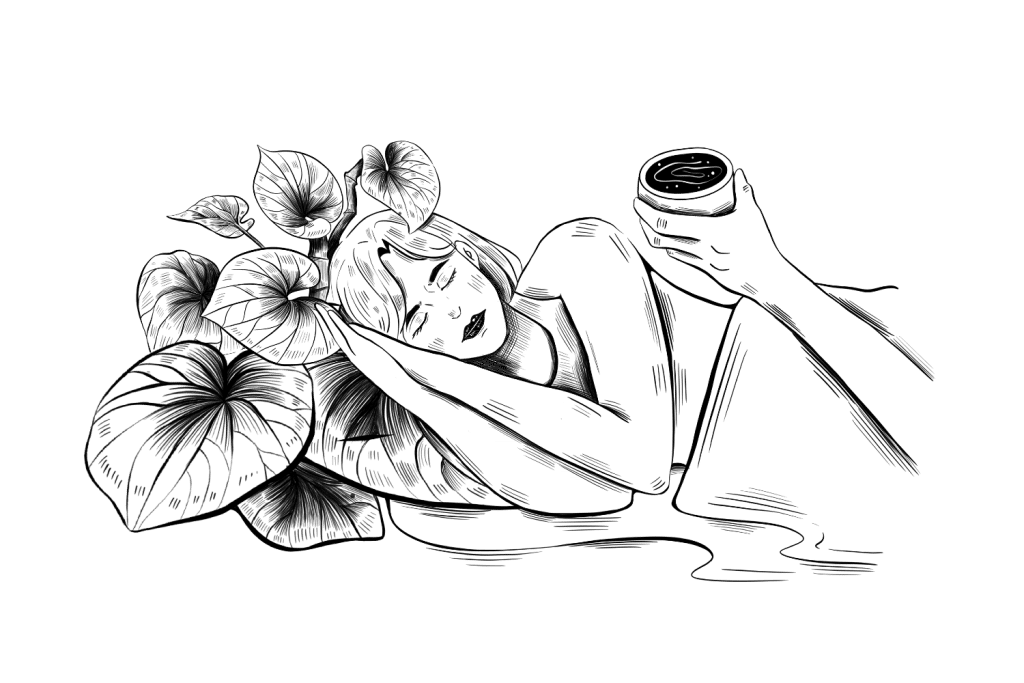
A clinical trial published in 2004 by the University of Erlangen-Nuremberg looked at the effects of kava on anxiety-related insomnia [4]. The patients in this study in the kava treatment group noted significant improvements in self-reported sleep quality and “recuperative effect after sleep.”
Animal studies have shown that kava extracts dramatically increase delta-wave activity during non-REM sleep [5]. This is significant because the intensity of delta-wave activity during this important stage of sleep is a key indicator of sleep depth.
Another animal study compared kava’s effects with another sleep-supportive herb — passionflower (Passiflora incarnata) [6]. This study noted a 45% increase in the duration of sleep among animals administered kava. Interestingly, when both kava and passionflower were used in combination, the animals’ sleep duration increased by 91.6%.
2. Kava For Anxiety
Kava is often referred to as “natural Xanax” because it shares the same mechanism of action for alleviating anxiety symptoms as this popular pharmaceutical anxiolytic.
Kava is much more complex than Xanax or other benzodiazepine drugs because it doesn’t just target one specific receptor; it targets several. However, one of these receptors involves the same target Xanax works through — called the GABA A receptor.
GABA can be thought of as the brake pedal for the nervous system. Other neurotransmitters act like the gas pedal, speeding up mental activity, which can eventually lead to anxiety. GABA is used to slow us down once we’ve reached an anxious state — or ideally before we reach this point altogether.
Kava increases GABA activity in the nervous system, helping to keep hyperactive minds in balance and reduce the physical manifestation of anxiety.
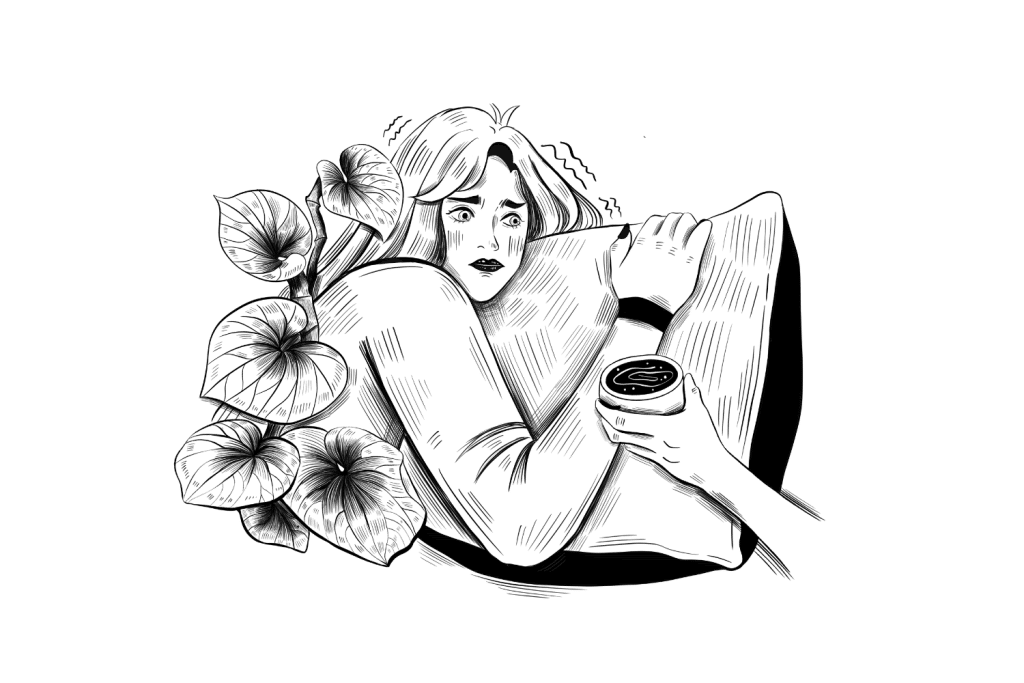
A study published back in the late 90s explored the effects of kava versus placebo on 101 patients with generalized anxiety disorder [7]. This study took place over 25 weeks, making it one of the longest-running trials on this effect — providing much more reliability in the study outcome.
This study reported a few interesting findings.
The placebo group in this trial had a very pronounced improvement compared to other placebo studies. For the first 8-weeks of treatment, the kava group showed only a slight improvement in anxiety levels compared to a placebo because of this.
However, by the 8-week mark, the kava group had significantly lower anxiety scores compared to the placebo-control group. These effects continued to increase over the course of the 25-week study period.
A more recent study (meta-analysis) compared the results of six clinical trials exploring the effects of kava for anxiety [8]. This study suggested kava extracts are a safe and effective alternative to both benzodiazepines (like Xanax) as well as SSRIs (selective serotonin reuptake inhibitors) in the treatment of non-psychotic anxiety disorders.
Kava Frequently Asked Questions
After posting this article, we’ve received a lot of responses with more questions on the safe use of kava, so here’s a roundup of our most frequently asked questions.
If you don’t see your question here, feel free to drop us a line, and we’ll be happy to answer it.
1. Is Kava Addictive?
Any substance can become addictive — especially substances that help with a particular symptom or problem.
In the case of kava, its ability to reduce feelings of stress, worry, and anxiety can cause people to use this herb as a crutch. This usually develops over many weeks or months.
With that said, kava itself is not inherently addictive. While it targets the same receptors as benzodiazepines (which are highly addictive), it’s been shown to have nowhere near the same risk of causing tolerance, dependency, and addiction — even with long-term use. The addictive potential of kava is almost exclusively behavioral. This means people who could be considered “addicted” to kava are addicted because it makes them feel better — rather than because their body has become physically dependent on its effects.
It’s important to ask yourself why you’re using kava and whether or not you could remain happy and healthy without using it. The ultimate goal is to use substances like kava to enhance your life, not use it as a crutch.
2. Why Was Kava Banned?
Kava was banned in 2002 because of some concerning reports coming out of Germany and Switzerland. These reports suggested that kava was causing liver failure. This quickly led regulators around the world to place kava on their banned substances lists.
However, this research has since been debunked. The cause of the liver failure in these patients was not likely from kava directly, but by other drugs being used in the same set of clinical trials.
Dozens of newer studies have since been published that contradict these initial findings — suggesting that high-dose or long-duration kava use does not lead to liver-toxic side effects.
Over the past decade, most of the countries that initially banned kava have redacted these regulations and permit the sale and use of kava.
Where to Buy Kava
If you’re interested in trying kava yourself, check out suppliers like Root of Happiness, Kavafied, Kisa’s Kava (on Amazon), Kalm With Kava, The Kava Society (New Zealand & Australia), or The Kava Roots (Canada) to order some online.
There are dozens of different cultivars available, each with a different set of characteristics. Consider whether you want a kava powder with heady, heavy, or balanced effects and whether you want to go with the traditional kava root powder or some of the more modern product types like tinctures, capsules, or instant kava mix.
Subscribe To Get a Weekly Dose of Psychedelics In Your Inbox
References
- Herberg, K. W. (1993). Effect of Kava-Special Extract WS 1490 combined with ethyl alcohol on safety-relevant performance parameters. Blutalkohol, 30(2), 96-105.
- Warnecke, G. (1991). Psychosomatic dysfunctions in the female climacteric. Clinical effectiveness and tolerance of Kava Extract WS 1490. Fortschritte der Medizin, 109(4), 119-122.
- Witte, S., Loew, D., & Gaus, W. (2005). Meta‐analysis of the efficacy of the acetonic kava‐kava extract WS® 1490 in patients with non‐psychotic anxiety disorders. Phytotherapy Research: An International Journal Devoted to Pharmacological and Toxicological Evaluation of Natural Product Derivatives, 19(3), 183-188.
- Lehrl, S. (2004). Clinical efficacy of kava extract WS® 1490 in sleep disturbances associated with anxiety disorders: Results of a multicenter, randomized, placebo-controlled, double-blind clinical trial. Journal of affective disorders, 78(2), 101-110.
- Shinomiya, K., Inoue, T., Utsu, Y., Tokunaga, S., Masuoka, T., Ohmori, A., & Kamei, C. (2005). Effects of kava-kava extract on the sleep-wake cycle in sleep-disturbed rats. Psychopharmacology, 180(3), 564-569.
- Volz, H. P., & Kieser, M. (1997). Kava-kava extract WS 1490 versus placebo in anxiety disorders-a randomized placebo-controlled 25-week outpatient trial. Pharmacopsychiatry, 30(01), 1-5.
- Volz, H. P., & Kieser, M. (1997). Kava-kava extract WS 1490 versus placebo in anxiety disorders-a randomized placebo-controlled 25-week outpatient trial. Pharmacopsychiatry, 30(01), 1-5.
- Witte, S., Loew, D., & Gaus, W. (2005). Meta‐analysis of the efficacy of the acetonic kava‐kava extract WS® 1490 in patients with non‐psychotic anxiety disorders. Phytotherapy Research: An International Journal Devoted to Pharmacological and Toxicological Evaluation of Natural Product Derivatives, 19(3), 183-188.

